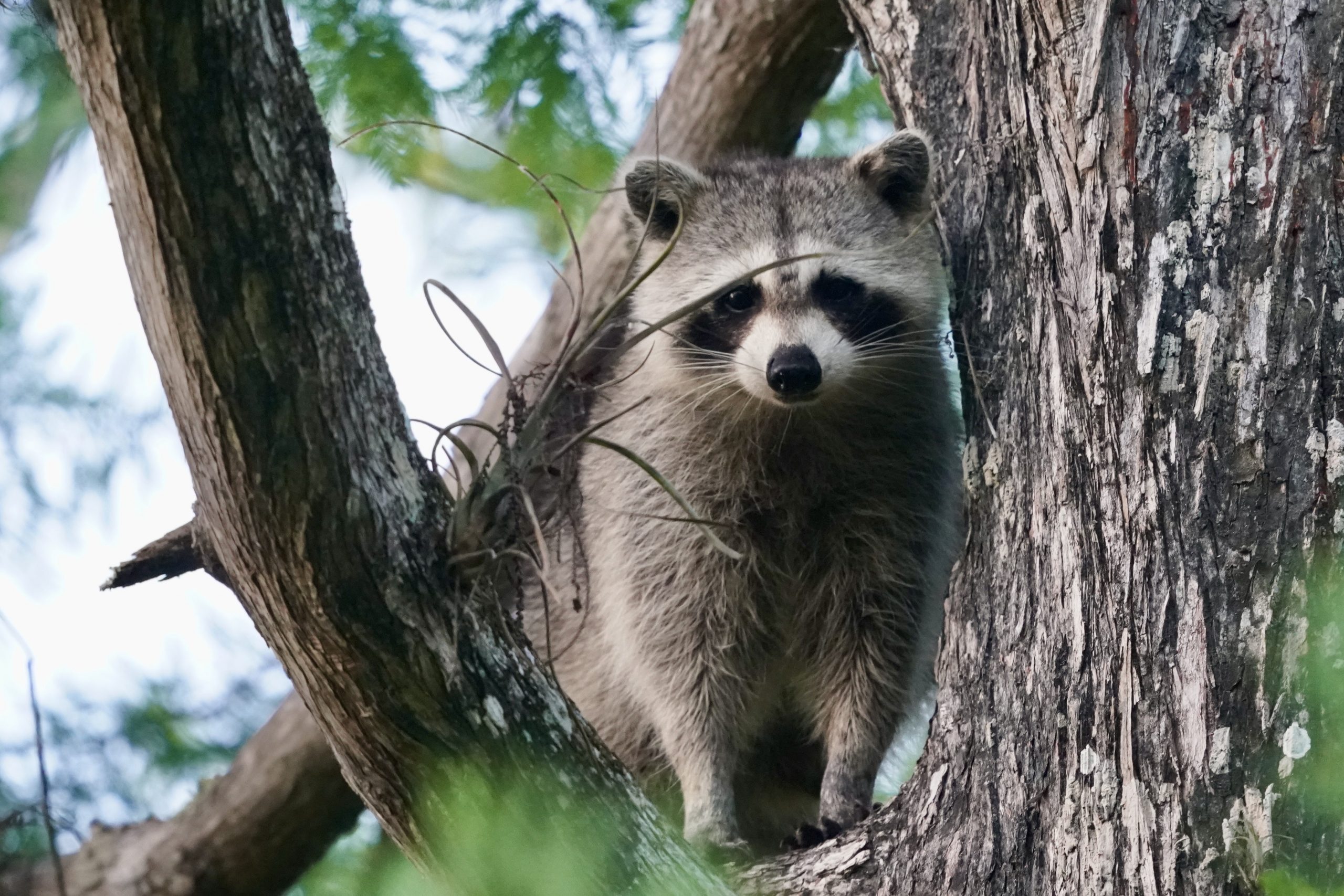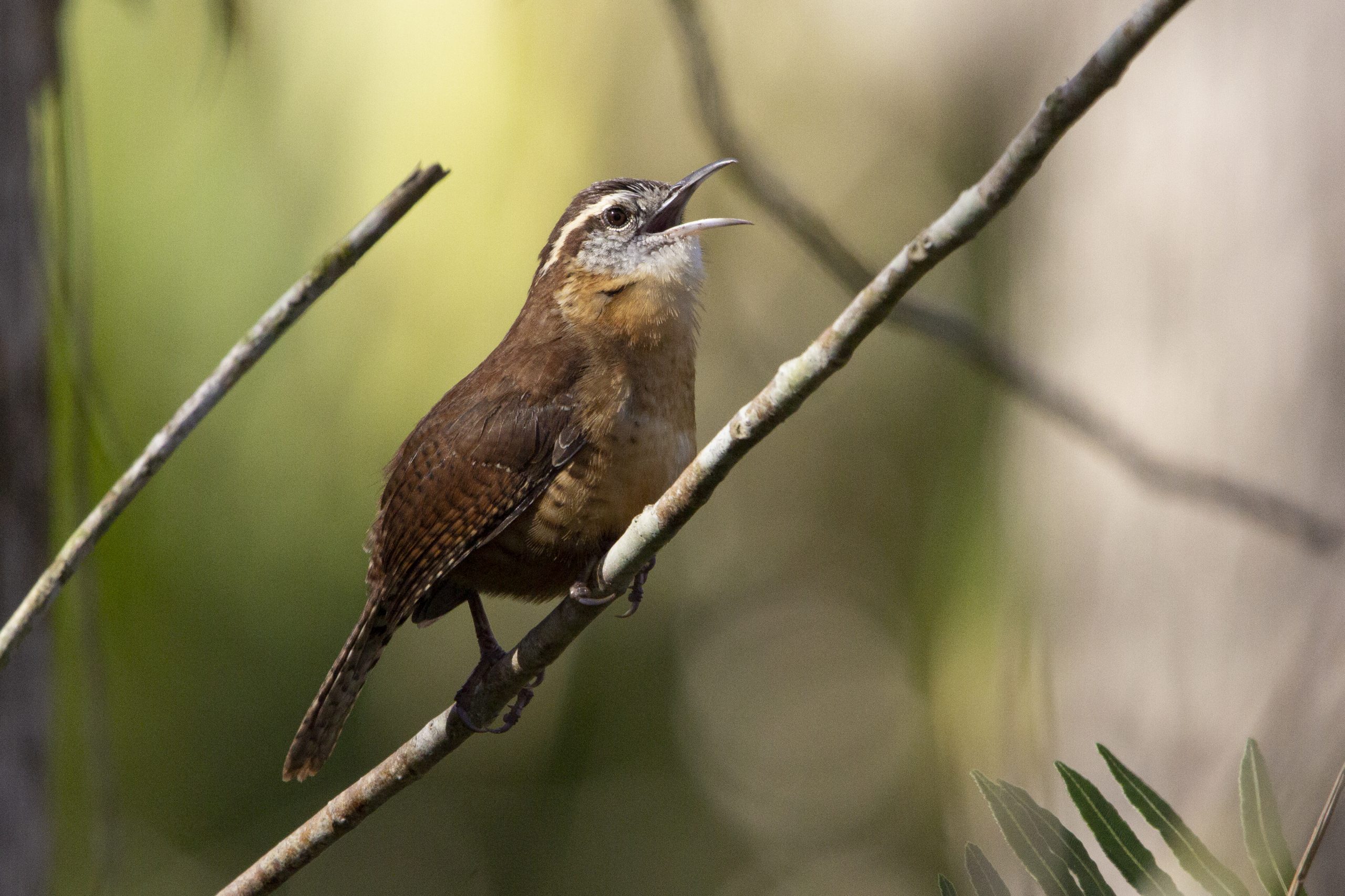by Allison Vincent

Hiking around the CREW Cypress Dome trails and into Caracara Prairie Preserve you’re likely to find at least one pair of sandhill cranes foraging together. These are often residents, as opposed to migratory, as our region of Florida is one of the few places to find year-round residents (ironic, we know).
These impressively long-legged, long-necked, heron-like birds fly with necks outstretched like geese and trumpet their calls with a distinct flair, like loud rattling bugle calls that can be heard up to 2.5 miles away. Calls are made in flight as well as on the ground for many reasons, including courtship. Their unique trumpeting is a product of anatomy: long tracheas (windpipes) curl into the sternum and help the sound develop a lower pitch.
Sandhill cranes find a mate around two years of age and stay with that one mate for the duration of their lives. Courtship rituals may be observed with patience and good timing, for which you may be rewarded with shows of dancing that includes jumping, running, and wing flapping. Males are larger than females, but external markings are identical. Sandhill cranes live to be older than most birds, some reaching 20 years old which makes their monogamous pairing even more significant.
Nests are built by both mates with grass, moss, and sticks from vegetation, starting with dried pieces and adding green material later in the nesting cycle. Both mates may gather material, tossing it over their shoulders to form a mound. Sandhill cranes breed in open wetland areas surrounded by shrubs and trees. Two eggs are normally laid incubating for 32 days and both males and females participate in incubating the eggs. When you see a solitary sandhill crane, that usually indicates that they are one half of a breeding pair, and their other half is with the nest.
The future of the sandhill crane population is mainly tied to the fate of their habitat which is another reason we should preserve wetland habitats. The sandhill crane populations are generally strong, however isolated populations in Cuba and Mississippi are endangered.

View the Sandhill Crane Finder to explore Sandhill Crane distribution and locate cranes near you!
Did you see a banded Sandhill Crane? Click here to report your sighting.
CALL
Loud, rattling kar-r-r-o-o-o. Listen to Sandhill Crane calls:
Contact Call | A soft, purring call expressing reassurance and location.
Unison Calls | A duet performed by a pair, to strengthen their bond and protect their territory.
Guard Call | A sharp, single call expressing alarm.
Conservation and Management
The Florida sandhill crane is protected by the U.S. Migratory Bird Treaty Act and as a State-designated Threatened species by Florida’s Endangered and Threatened Species Rule.
References
Florida Natural Areas Inventory. 2001. Field guide to the rare animals of Florida. http://www.fnai.org/FieldGuide/pdf/Grus_canadensis_pratensis.PDF .
International Crane Foundation. (n.d.). Sandhill Cranes. Retrieved March 8, 2011, from Species Field Guide: https://www.savingcranes.org/species-field-guide/sandhill-crane/
Meine, C.D. and G.W. Archibald (Eds.). 1996. Sandhill Crane (Grus canadensis) in The cranes: status survey and conservation action plan. IUCN, Gland, Switzerland and Cambridge, U.K. 294 Pp. http://www.npwrc.usgs.gov/resource/birds/cranes/gruscana.htm . Accessed 10/25/2010).
Nesbitt S.A., 1996. Florida Sandhill Crane. Pages 219 – 229 in J.A. Rodgers, Jr., H.W. Kale II, and H.T. Smith (Eds.). Rare and endangered biota of Florida, Vol. V: Birds. University Press of Florida, Gainesville, FL.
































































































